Melissa Etheridge
Buy Melissa Etheridge In 1988, Melissa Etheridge released a strong and passionate debut album which was built during several years of grinding out recognition, one small venue at a time. With this well […]
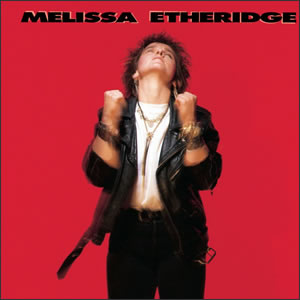
Buy Melissa Etheridge In 1988, Melissa Etheridge released a strong and passionate debut album which was built during several years of grinding out recognition, one small venue at a time. With this well […]
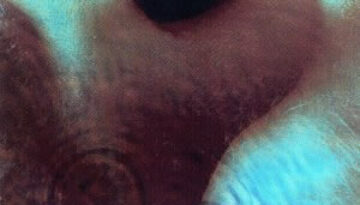
Buy Meddle In 1967, Pink Floyd released their debut album, The Piper at the Gates of Dawn, a fantastic work led by the talented songwriting of lead singer & guitarist Syd Barrett. That […]
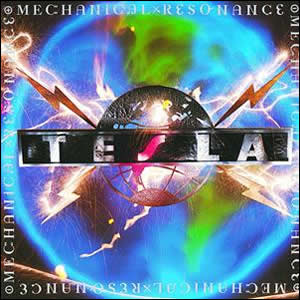
Buy Mechanical Resonance Mechanical Resonance is the 1986 debut album by hard rock quintet Tesla. The original album sides were distinctive in approach, with the first side containing garden-variety hair-metal anthems complete with […]
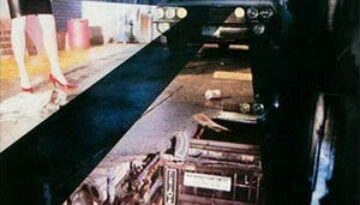
Buy Mean Business After the big success of their eponymous 1985 debut, the super-group The Firm followed up with their sophmore release in early 1986 called Mean Business, which would end up being […]
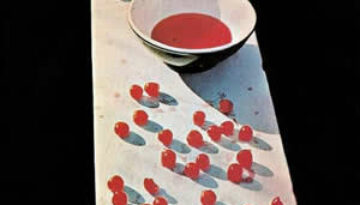
Buy McCartney The second of our three “Life After Beatles” reviews looks at the most controversial release in the sense that it played an indirect role in the group’s demise. Covertly recorded during […]
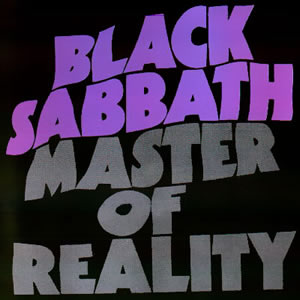
Buy Master of Reality Black Sabbath‘s third album, Master of Reality, sees the quartet building on the foundations of their two 1970 albums and exploring new fusions of heavy rock n roll. Some […]

Buy Master of Disguise Had Master of Disguise been released five to ten years earlier, it would have a huge commercial success and probably considered a rock classic. But as the climate changed […]
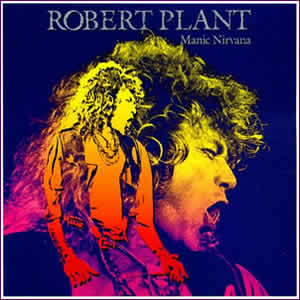
Buy Manic Nirvana If Led Zeppelin had attempted to make a pop-oriented album, it may have sounded like Manic Nirvana. This 1990 release by Robert Plant fuses some of the pop and dance-oriented […]
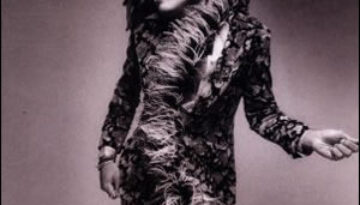
Buy Mama Said Lenny Kravitz followed up his brilliant 1989 debut, Let Love Rule with Mama Said two years later. Although many critics thought this sophomore effort paled in comparison, Mama Said was […]

Buy Making Movies In 1980 Dire Straits made a theatrical rock masterpiece with their third studio album, Making Movies. This record features many extensive, personally themed compositions by Mark Knopfer with complex arrangements […]